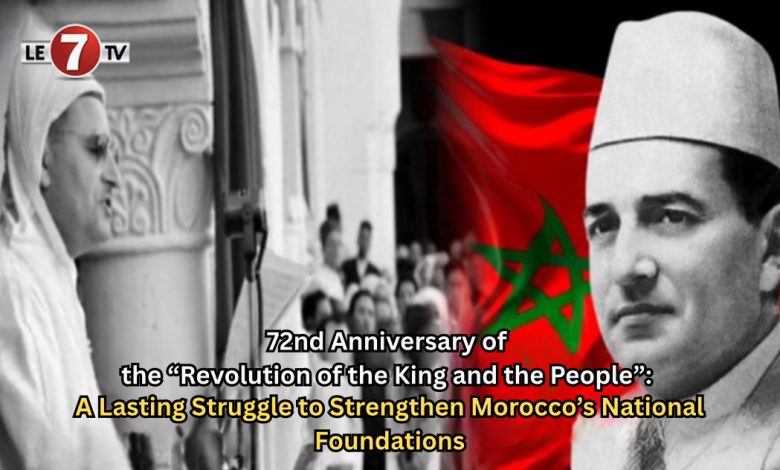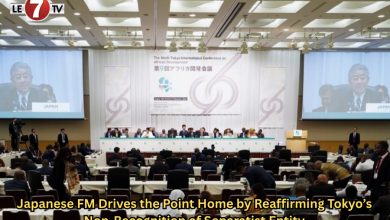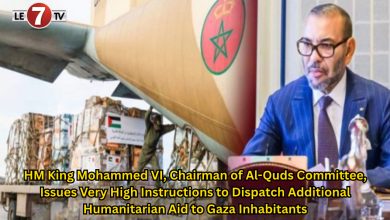72nd Anniversary of the “Revolution of the King and the People”: A Lasting Struggle to Strengthen Morocco’s National Foundations
The commemoration of the 72nd anniversary of the Revolution of the King and the People offers an opportunity to reflect on the constructive meaning and deep symbolism of a historic national movement aimed at building and strengthening the foundations of the Moroccan nation while safeguarding its territorial integrity.

In a spirit of enthusiasm and renewed commitment, Moroccans across the country, alongside the family of the Resistance and the Army of Liberation, celebrate this Wednesday an event that remains etched in the Kingdom’s collective memory. It stands as a symbol of patriotism and an enduring expression of the Moroccan people’s fight for freedom, independence, and unity under the leadership of the Alaouite Throne.
On August 20, 1953, colonial authorities forced His Late Majesty King Mohammed V, the hero of liberation and independence, into exile in an attempt to extinguish the national struggle, according to a statement from the High Commission for Former Resistance Fighters and Members of the Liberation Army.
Far from breaking the will of the Moroccan people, this act of repression triggered a powerful wave of mobilization across the country. Moroccans rose up to defend their nation’s dignity, preserve sovereignty, and demand the return of the exiled Sovereign, the symbol of unity and independence.
This epic struggle was part of a broader national resistance that had unfolded over decades. Battles such as Elhri in the Middle Atlas (1914), Anoual in the Rif (1921–1926), Bougafer in Ouarzazate and Jbel Baddou in Errachidia (1933), along with the opposition to the so-called Berber Dahir in 1930, all marked decisive moments. The movement culminated in the presentation of Morocco’s Independence Manifesto on January 11, 1944.
A turning point came on April 9, 1947, when King Mohammed V delivered a historic speech in Tangier, openly calling for Morocco’s independence and national unity. The confrontation with the colonial authorities intensified, leading to the unlawful exile of the Sovereign on August 20, 1953.
The resistance, however, only grew stronger. Beginning on October 1, 1955, armed uprisings in northern Morocco forced the colonial powers to release King Mohammed V. His triumphant return on November 16, 1955, marked the dawn of independence and the launch of a new national struggle focused on building a free, united, and sovereign Morocco.
The march toward full sovereignty continued with the recovery of Tarfaya in April 1958, Sidi Ifni in June 1969, and the liberation of Morocco’s southern provinces. The Green March of November 1975, initiated by the late King Hassan II, and the recovery of Oued Eddahab in August 1979, sealed Morocco’s territorial unity and confirmed the strength of the bond between Throne and people.
Today, the Resistance family reaffirms its unwavering support for His Majesty King Mohammed VI in defending Morocco’s sovereignty and territorial integrity, which remain non-negotiable. In this spirit, it praises the Kingdom’s autonomy initiative for the southern provinces as a credible and realistic solution under Moroccan sovereignty.
The Revolution of the King and the People continues to live in the hearts of Moroccans as a source of patriotism, sacrifice, and pride. It embodies the enduring unity between Throne and people, a unity that remains the driving force of Morocco’s progress and future ambitions.
Translated from Abderrazzak Boussaid’s French article – le7tv





